Languedoc wine estates to watch out for…….
Languedoc is getting more and more exciting as a wine region by the day it almost seems. New producers settle here and prove – again – what fabulous wines can be made here. They follow in the path made by many established producers who continue making great wines. Few outsiders know the Languedoc wines as well as Rosemary George MW. She has written a ground breaking book on the wines of the south of France and spends a good part of the year there. Here she gives you her insider’s take on some of the new producers in the region.
The Languedoc continues to develop at a breath-taking pace. My book on The Wines of the south of France was published in 2001 and today I reckon that I could easily cover the same area, writing only about wine growers who have made their first vintage in this century. The Languedoc attracts newcomers to the region, for one simple reason. Vineyard land is affordable. Many of them may have looked elsewhere first and realised that the price of vineyards in Bordeaux, Burgundy or the Rhone Valley was well beyond their means and in addition most other regions of France are bound by strict appellation rules. In the Languedoc virtually anything goes; if your wine does not conform, you simply call it Vin de France.
A host of exciting appellations; never mind, focus on the producer
Faugères is one particular appellation that has attracted outsiders, from England, Belgium, Switzerland, Australia, Ireland and Spain, not to mention elsewhere in France. It is one of the regions of the Languedoc with a very precise identity based on its schist. And the 2014 vintage saw four new wine producers. La Clape too is very homogenous [editor’s note: La Clape has just recently been given its own appellation], but other areas such as Pézenas or Grès de Montpellier have much less defined characteristics. And the Terrasses du Larzac have opened up in a dramatic way over the last decade or so, with a host of new estates.
However, to my mind the name of the appellation is much less important than the reputation of the estate itself.
So here goes with a list of names to look out, in no particular order, and with an inevitable geographical concentration of names closest to my home village outside Pézenas.
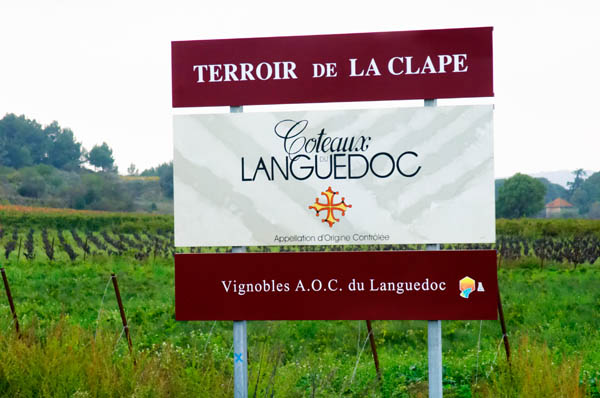
La Grange de Bouys
First vintage in 2014, with just two wines, an old Carignan and a Languedoc blend, from a couple of hectares. This marks a career and life style change for Stephane and Florence Monmousseau, and their enthusiasm for their new venture is infectious.
The four new names in Faugères are:
Mas Lou
Olivier Gil comes from a local wine growing family, but he particularly wanted to make Faugères and has got off to a fine start.
Mas Nicolas
Nicolas Maury’s father is president of the Faugères cooperative, but Nicolas wanted to make his own wine, rather than growing grapes for the communal vat.
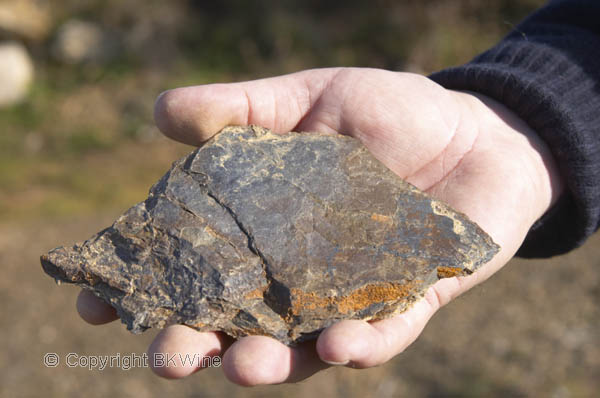
Domaine Epidaure
Jerome Vialla comes from a winemaking background, but without any family vines.
Domaine de l’Arbussèle
Sebastien Louge has had a varied career, including a year with a wine estate in Virginia.
There are several other names in Faugères, gently creating a reputation. To name but a few, Mas de Cébène, Domaine des Trinités, Domaine de Sarabande and Mas d’Alezon.
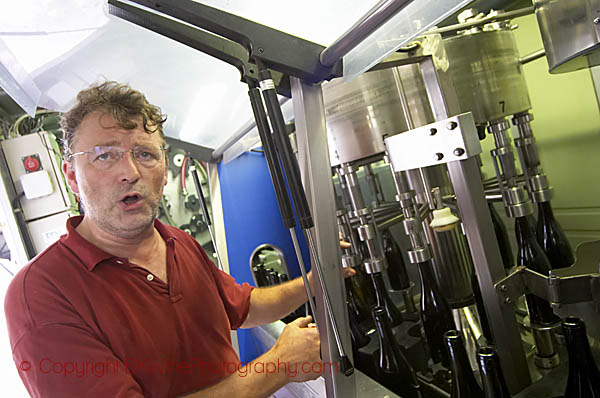
Within the vicinity of Pézenas:
Domaine le Conte de Floris
Domaine des Aurelles
Both well-established estates, but deserving a wider recognition than they actually have. And both Daniel le Conte de Floris and Basil St. Germain have a particular way with white wine, demonstrating that the Languedoc fully deserves to be considered for white as well as red wine.
Domaine Turner-Pageot
An Australian French estate, following biodynamic practices. Karen Turner also makes the wine at the Prieuré de St. Jean de Bébian.
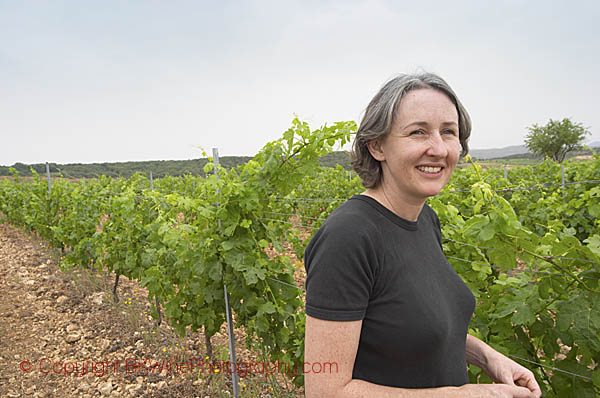
Domaine Verena Wyss
Another estate outside Gabian that deserves a better reputation. Bel Canto is a particularly elegant interpretation of Bordeaux grape varieties in the Languedoc.
Domaine Ste Cécile du Parc
Another new estate, with a first vintage. A stylish Sauvignon and an elegant rosé, as well as red wines based not only on Languedoc varieties, but also Cabernet Franc.
Villa Tempora
Serge Schwartz made his first wine in 2007; he has a cellar in Caux and vineyards in the cru of Pézenas.
Domaine Senti Kreyden
In Gabian. Erna Senti makes varietal wines, Counoise, Aramon, Carignan and Syrah.
Mas Gabriel
An English couple of Caux, Peter and Deborah Core, who learnt their wine making in New Zealand. Carignan Blanc in Clos des Papillons is a particular speciality, as well as Carignan Noir in Les Trois Terraces.
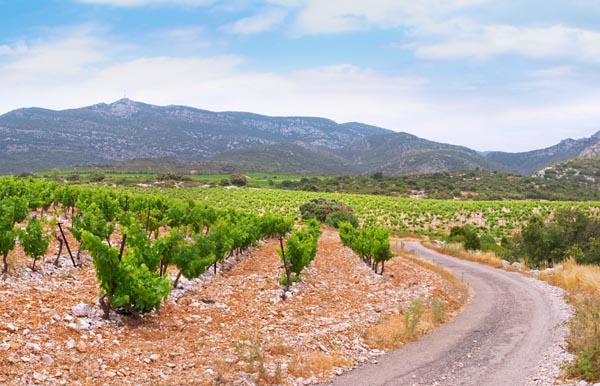
Villa Symposia
Outside Aspiran. Eric Prissette comes from Bordeaux and his winemaker from Bulgaria. Old vines of Terret (Vin de France) and old Syrah vines L’Origine Pézenas.
Domaine des Deux Rocs
Jean-Claude Zabalia was the wine maker at Château St. Martin de la Garrigue and has bought vineyards in Cabrières, making his own wine for the first time in 2013.
Domaine la Grange
German investment outside Gabian. Varietal vins de pays (now IGP) and Pézenas Castalides and Icône.
In the Terrasses du Larzac:
Domaine Pas de l’Escalette
Julien Zermott made wine in Menetou Salon and then with his wife Delphine bought vineyards and built a cellar outside the village of Pégairolles. Particularly stylish white wine, les Clapas, as well as Mediterranean reds.
Plan de l’Homme
Remi Duchemin made his reputation at Mas Mortiès in the Pic St. Loup and then in 2009 bought vineyards in St. Jean de la Blaquière and now produces a stylish range of wines including an old Carignan as well as Languedoc blends.
Trois Terres
Graeme Angus leads a double life, as a GP and a wine grower in the village of Octon, with vines nearby, from which he produces lovely Midi blends in La Minerale and le Saut du Diable.
La Traversée
After working at la Sauvageonne, Gavin Crisfield made his own wine for the first time in 2009, La Traversée, an elegant blend of Cinsaut, Syrah and Grenache from cool vineyards close to St Jean de la Blaquière.
Les Vignes Oubliées
A label created in 2009 by Jean-Baptiste Garnier based on vineyards of Grenache, Syrah and Carignan around the village of St Privat, some of the highest vineyards of the Languedoc.
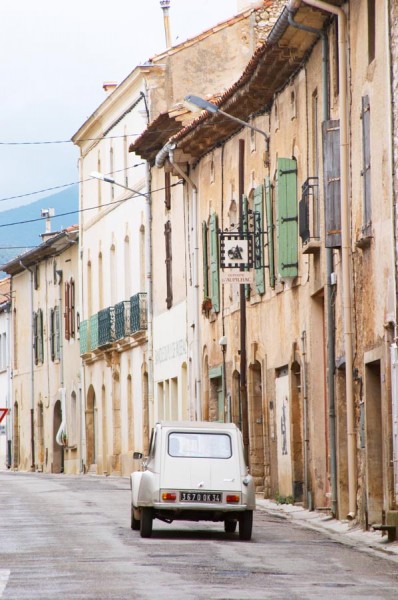
In the Montpeyroux area:
Domaine de Joncas
Pascal Dallier is a newcomer to the village of Montpeyroux, a car concessionaire turned wine grower and gradually extending his range of wines to include not only red and rosé, but also an unusual Riesling.
Mas d’Amile
Amélie d’Hurlaborde made her first vintage from a plot of old Carignan in 2007 and since then has gradually bought more vineyards and now makes Terret Blanc from old vines, as well as Montpeyroux and rosé.
Domaine de Rencontre
Pierre and Julie Viudes in the appellation of Muscat de Mireval have a way with Muscat, with a range of dry, sweet and sparkling wines.
Rosemary George is one of the UK’s most respected wine writers. She became a Master of Wine (MW) in 1979 and has written eleven books. In 2001 she published a ground breaking book on the wines of the south of France called … The Wines of the South of France. She writes a blog dedicated to the wines of the Languedoc called Taste Languedoc. Recommended reading for everyone interested in the wines of the Languedoc!
Editor’s note: BKWine has also written a book about the wines of the Languedoc, although only available in Swedish currently.
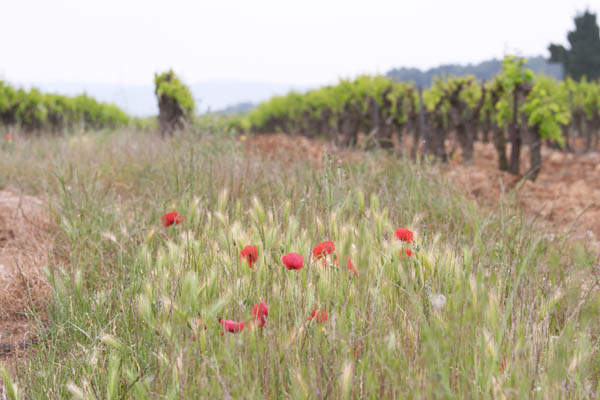


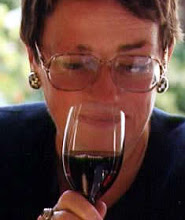

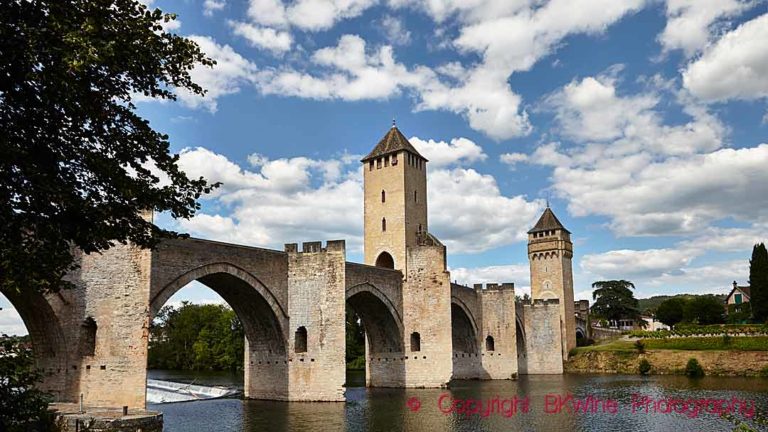
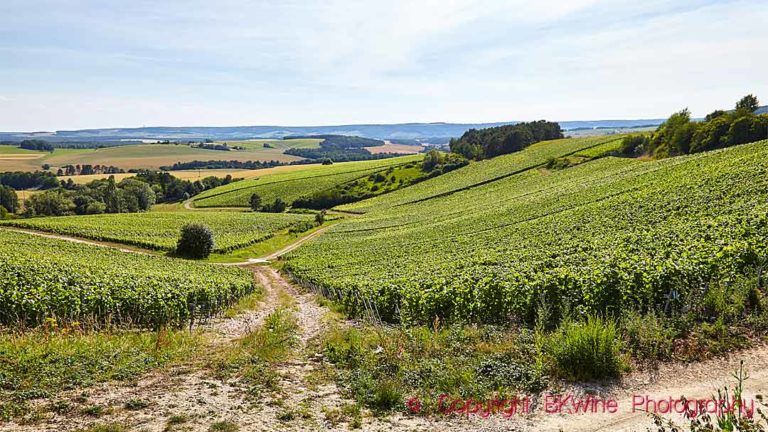





One Response
Hi Rosemary, It’s amazing how fast new people are starting up and that, despite being in the biz locally (and very interested in tasting new Terrets and Carignans especially), I haven’t yet met or tasted wines from half of these growers. We need to get out more! Thanks for this eye opener; the lesson is learned! PS by week’s end, half of harvest will be in, and very pretty. John